How will rising sea levels affect world’s coastal cities? This ever more urgent question was addressed by a team of researchers behind a new study.
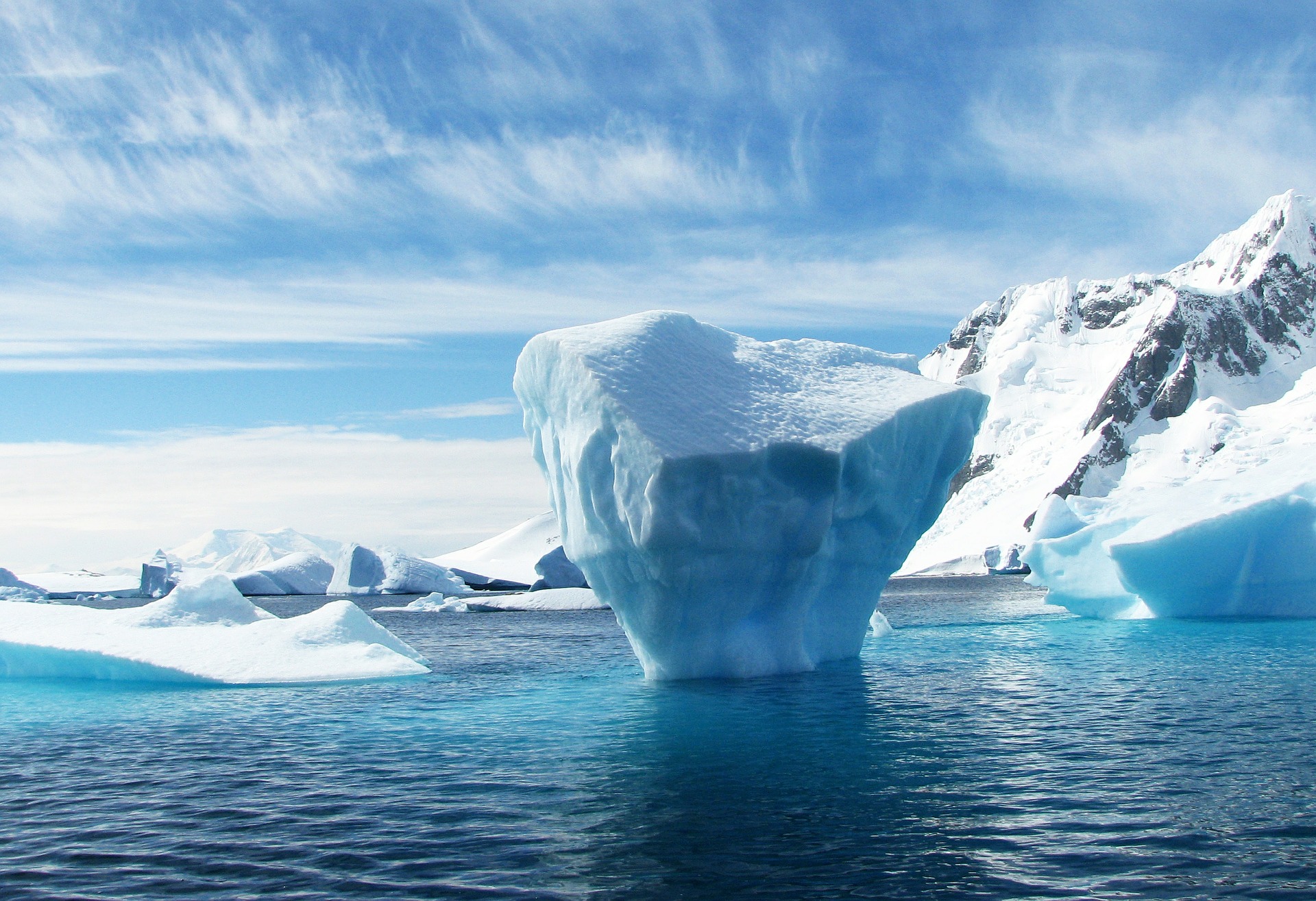
There is a rising concern for how melting glaciers and icebergs will affect the communities along our coastlines. Now scientists at Nasa’s Jet Propulsion Laboratory in California have developed a new tool to help city planners assess the risks.
As the climate gets warmer, it is expected that there will be an increased melting of land ice around the world, together with thermal expansion of sea water in our oceans, it is expected to lead to faster-rising sea levels, which in turn pose a threat to our societies and, above all, our coastal cities.
The researchers in the United States have developed the outset of a tool that will help planners to better predict the impact that rising sea levels will have. They have used their calculation model in 293 coastal cities.
“This provides, for each city, a picture of which glaciers, ice sheets, [and] ice caps are of specific importance,”
– The NASA researchers write.
“As cities and countries attempt to build plans to mitigate flooding, they have to be thinking about 100 years in the future and they want to assess risk in the same way that insurance companies do,”
– Senior scientist Dr. Erik Ivins, as reported by the BBC.
The scientists built the tool based on data collected from inland icebergs between 2003 and 2015. Among other things, the model shows that a city like New York can see rising sea levels as a result of melting ice as far away as Antarctica, Alaska, and Patagonia.
The study uses three factors to figure out how glacial melt will affect sea level rise:
- Gravity: A big and dense enough iceberg create a gravitational field, so when one slides off the land and into the ocean, it actually attracts the water around it.
- Land expansion: The earth expands when a massive iceberg slides off of the land, much like a foam mattress would when someone gets out of bed. As land expands, it takes up more space in the water and causes sea level to rise.
- The Earth’s rotation: Enormous ice sheets are so massive that when they melt, they affect the way the earth spins on its axis, which, in turn, changes water distribution across the globe.
The researchers’ model has to be further developed, and the continued land rise that occurs in some parts of the world since the last ice age needs to be taken into account. But the hope is that it will be possible to develop a tool that can be used in city planning.
Reference:
Eric Larour1, Erik R. Ivins and Surendra Adhikari Should coastal planners have concern over where land ice is melting? DOI: 10.1126/sciadv.1700537



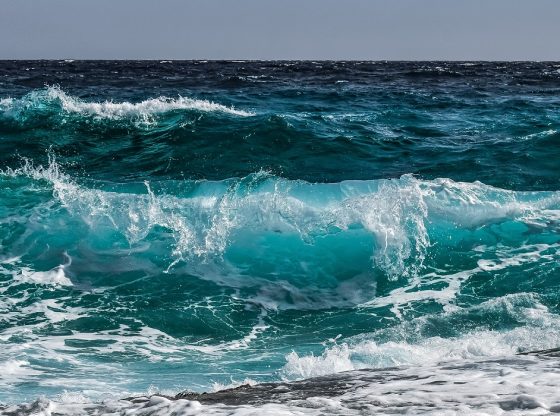
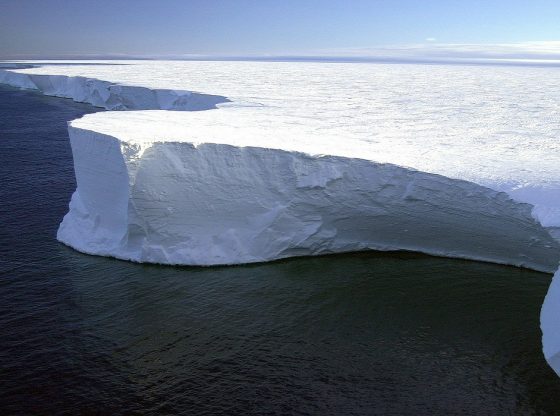
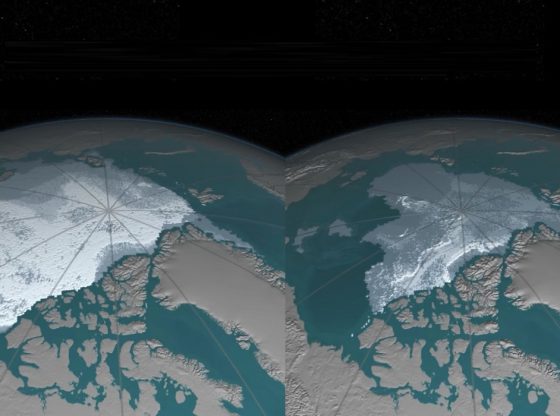

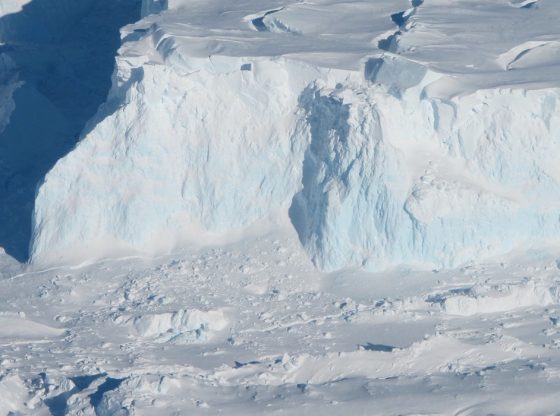
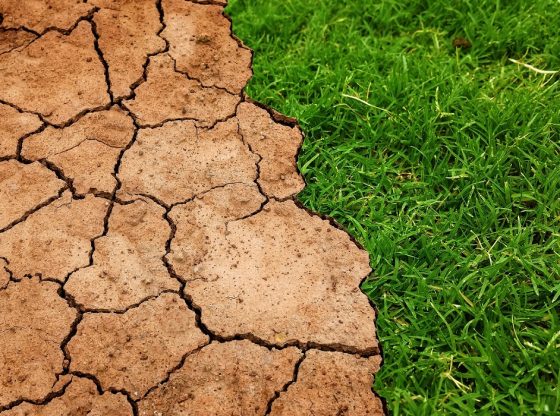
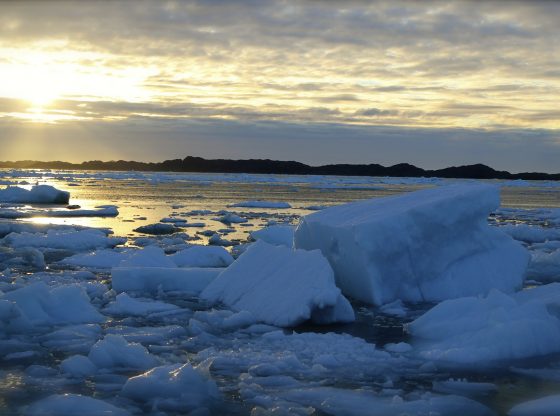

![OpenAI. (2025). ChatGPT [Large language model]. https://chatgpt.com](https://www.illustratedcuriosity.com/files/media/55136/b1b0b614-5b72-486c-901d-ff244549d67a-350x260.webp)
![OpenAI. (2025). ChatGPT [Large language model]. https://chatgpt.com](https://www.illustratedcuriosity.com/files/media/55124/79bc18fa-f616-4951-856f-cc724ad5d497-350x260.webp)
![OpenAI. (2025). ChatGPT [Large language model]. https://chatgpt.com](https://www.illustratedcuriosity.com/files/media/55099/2638a982-b4de-4913-8a1c-1479df352bf3-350x260.webp)








